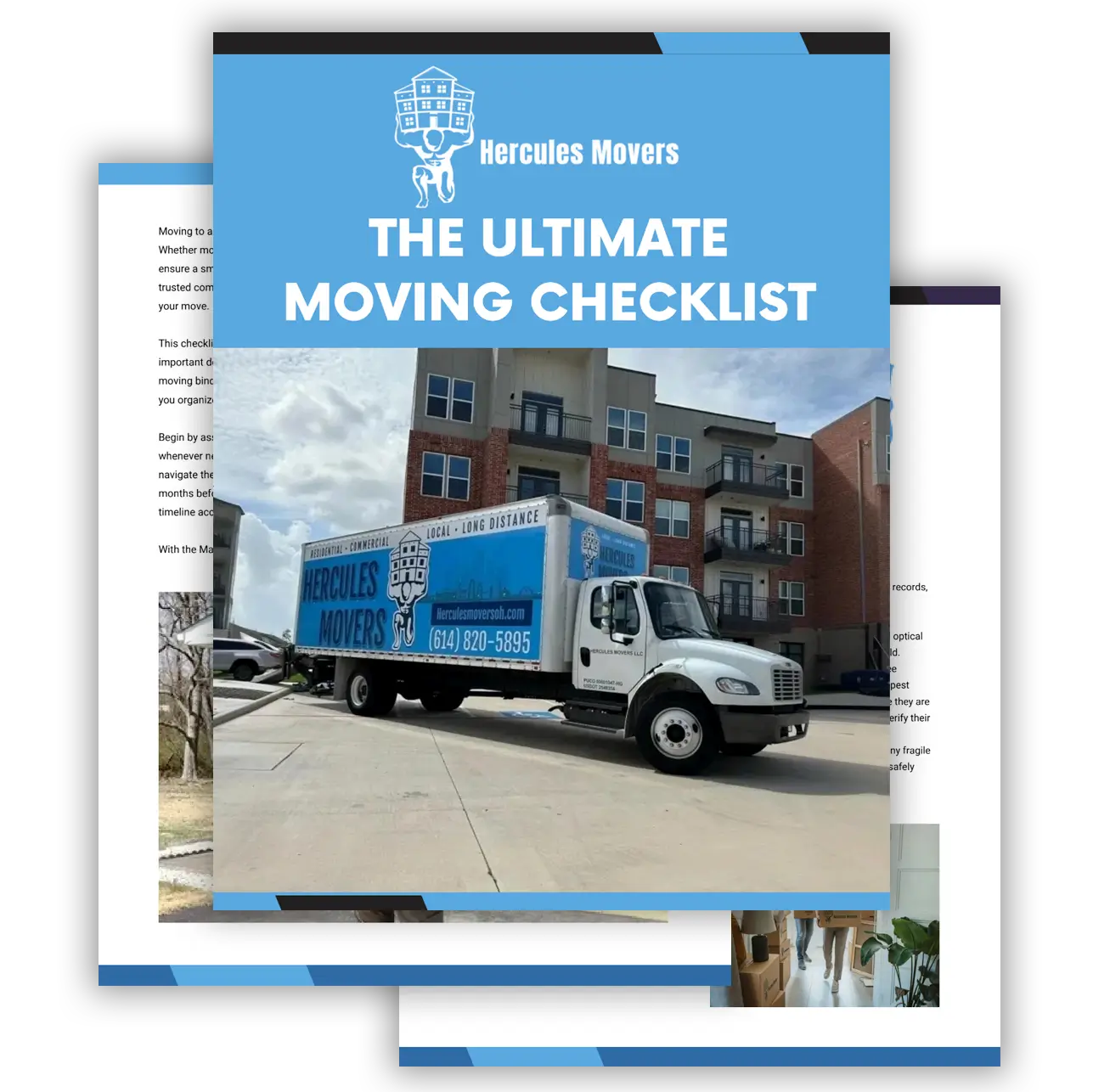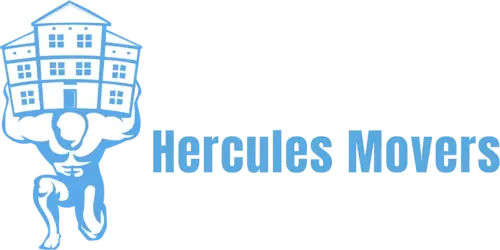Let us answer some of the most frequently asked questions regarding our company and services.
Yes! Before they start working, all of our movers undergo background checks and receive thorough training. Priority one for us is quality and safety.
If you have any questions about any of our moving services, you can ask for a free quotation online or speak with one of our professionals.
We make every effort to make every move come about. Please get in touch with us so we can talk about your specific location. We’ll point you in the appropriate direction to ensure a smooth move.
We are fully licensed and insured:
DBA#: 20240625205
USDOT#: 3492941
MC#: 1153731
Hercules Movers provides local, long distance, apartment, residential, whole-home, and office moving as well as loading and unloading of trucks, storage units, and PODs, specialty item delivery, and commercial delivery services. We’ve helped people move from one apartment to another in the same building; pack, wrap, load, and relocate large residential estates; move into college dorms; disassemble, move, and reassemble furniture; and pack and relocate loved ones into retirement centers. We’ve been moving our Central Ohio neighbors for a long time, and we’ve perfected the process from your initial phone call to unloading and unpacking.
Our local moving services encompass the Columbus Metro Area (including suburbs), Franklin County, and Central Ohio. We calso cover Noblesville, IN, Indianapolis, Marion county, and the surrounding areas. Our long-distance services cover everywhere else. Either way, you’re still within our service area, and we look forward to taking care of your move.
- Create a list of local moving companies you plan to research.
- Get a quote from each mover. Make sure to get moving quotes directly from a company’s official website or phone number. Working with movers directly cuts out any middlemen and will result in the lowest price.
- Get a feel for each moving company’s reputation by reading reviews from real customers.
- Ask whether each company is licensed and how they’re insured.
- Determine how each mover’s schedule works. Is your delivery date guaranteed? Will the same person who loads up your belongings transport and unload them as well?
- Make sure you’re comfortable with how each mover charges, their cancellation policy, and whether or not a deposit is required.
- Choose whichever company best fits your move; everyone’s needs are different.
Generally, moving companies can give you an estimate over the phone. In some cases, movers may need to visit your home in person to give you an accurate quote. If you answer yes to any of the following questions, you may need an in-home estimate:
-
Is your home 1,500 square feet or larger?
-
Do you have any large or bulky items (e.g., safes or pianos) that may be difficult to move safely and securely?
-
Does your home have any narrow hallways, doorways, or stairways that furniture cannot fit through?
-
Will movers have difficulty parking a 26 ft. truck close to your home?
-
Are you moving out of state?
There is no single best box for moving. Different items require different types of moving boxes. To avoid damage during the move, you’ll want a combination of standard sized boxes:
- Small box (1.5 ft3): best for heavy items such as books, canned goods, shoes, etc.
- Medium box (3 ft3): best for items without a uniform shape such as lamps, lamp shades, or small kitchen appliances.
- Large box (4.5 ft3) and extra-large box (6 ft3): best for light items like pillows and bedding.
- Picture box: best for framed artwork, mirrors, and other thin items that are fragile and breakable.
- Dish barrel and dish pack inserts: best for packing dishes and other fragile kitchen items.
- Wardrobe box: best for clothes on hangers.
Determine the square footage of your house. Based on the square footage, you can estimate how many boxes you’ll need.
-
Less than 500 sq ft: 3 – 12 large boxes, 8 – 15 medium boxes, 12 – 18 small boxes, 2 – 5 dish barrels, and 3 – 5 wardrobe boxes.
-
Between 500 – 999 sq ft: 5 – 15 large boxes, 10 – 20 medium boxes, 15 – 25 small boxes, 3 – 6 dish barrels, 3 – 6 wardrobe boxes.
-
Between 1,000 – 1,499 sq ft: 10 – 20 large boxes, 15 – 25 medium boxes, 20 – 30 small boxes, 4 – 6 dish barrels, 5 – 7 wardrobe boxes.
-
Between 1,500 – 1,999 sq ft: 15 – 25 large boxes, 20 – 30 medium boxes, 30 – 40 small boxes, 5 – 97 dish barrels, 5 – 10 wardrobe boxes.
-
More than 2,000 sq ft: 20 – 30 large boxes, 25 – 35 medium boxes, 40 – 50 small boxes, 6 – 9 dish barrels, 8 – 12 wardrobe boxes.
Yes, it is important to empty drawers on most items, except for dressers and chest of drawers. The professional movers will make sure to secure the drawers as they move your furniture.
-
Dressers and chest of drawers can have clothing only. No books, jewelry, or heavy items.
-
Overly large dressers and armoires should be completely empty.
-
Standard two-drawer file cabinets can be left full.
-
Standard file cabinets larger than two drawers should have all drawers above the bottom two drawers emptied.
-
Lateral and fireproof cabinets should be empty.
Download The Ultimate Moving Checklist
Moving can be a headache, but it doesn’t have to be! We’ve got your back with the Ultimate Moving Checklist. This handy guide tackles both home and business moves, guiding you from start (planning) to finish (settling in). It’s packed with pro-tips on organizing, packing efficiently, protecting fragile items, and keeping things under control, even for the most chaotic moves.


That is up to you. Some customers book six months in advance and others with minimal notice. We recommend that you schedule at least two weeks ahead. A general rule of thumb is Fridays and Saturdays are very busy. The same can be said for the 1st and last week of a month.